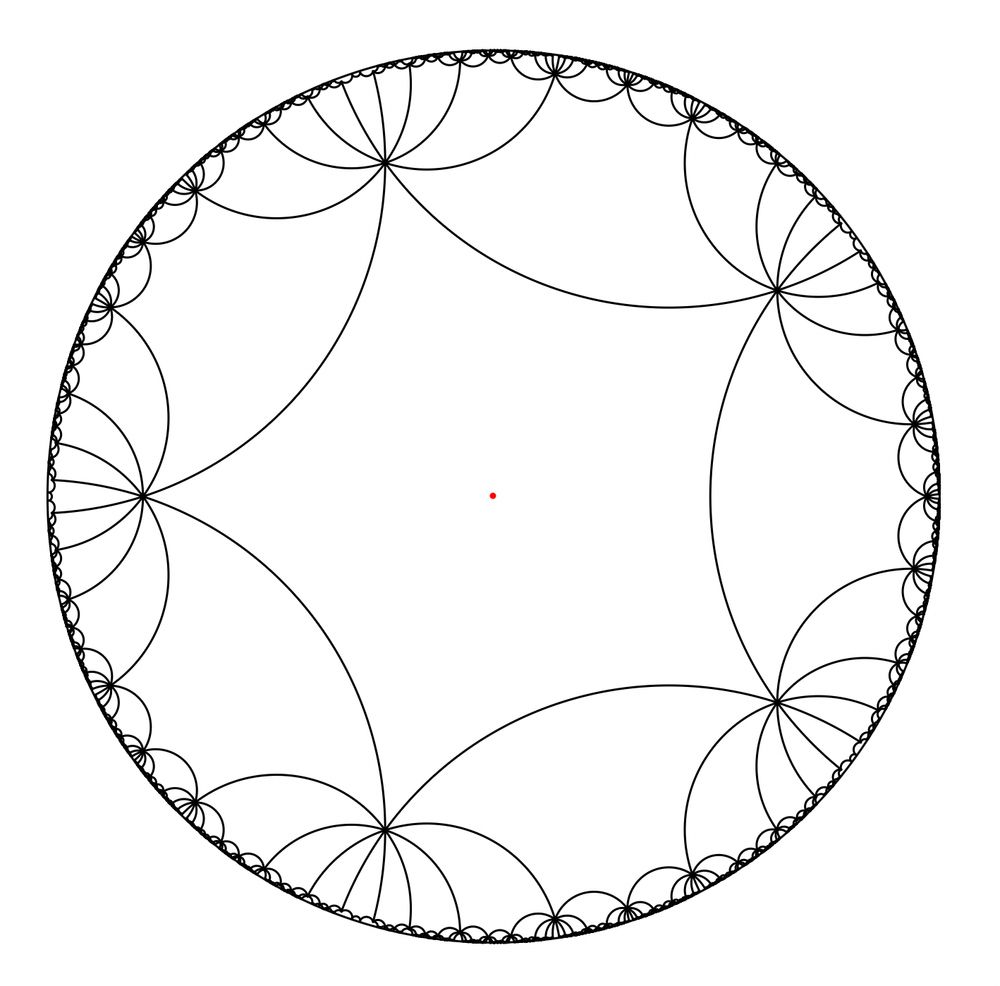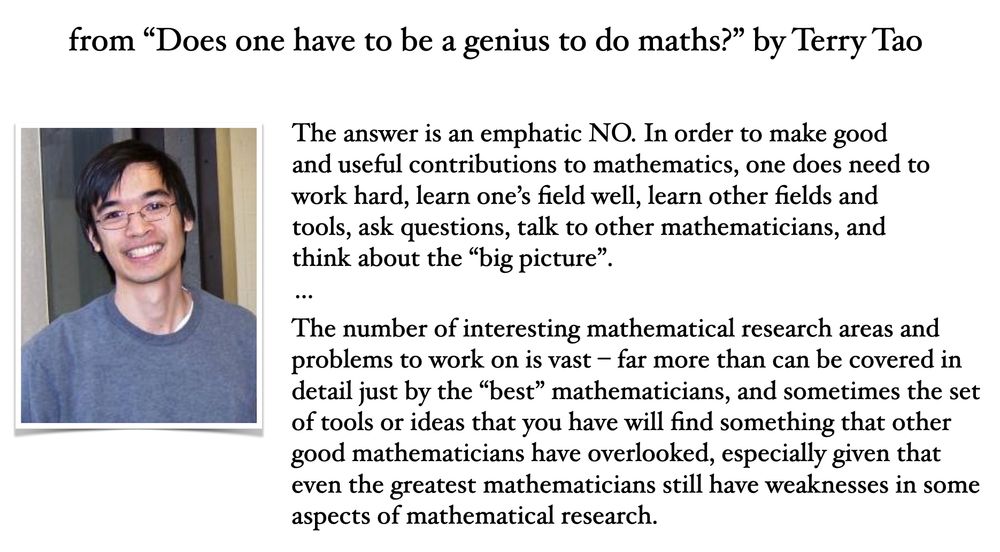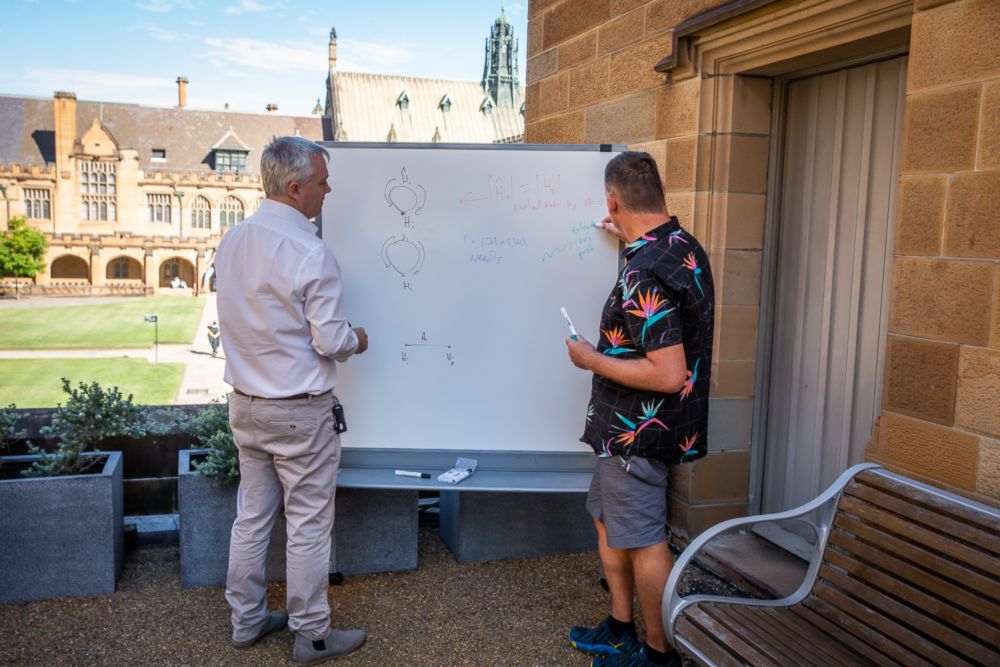Both give the rating 0/0.
17.10.2025 02:22 — 👍 1 🔁 0 💬 0 📌 0Justin Lanier
@jlanier.bsky.social
@jlanier.bsky.social
Both give the rating 0/0.
17.10.2025 02:22 — 👍 1 🔁 0 💬 0 📌 0Similarly, Pennsylvania's top portion and its exclusive definition. I genuinely thought that was the point of those shapes before I recognized the shapes as state outlines. 😂
14.10.2025 19:40 — 👍 2 🔁 0 💬 0 📌 0Funnily enough, the top portion of Ohio might well qualify as a trapezoid by its own inclusive definition! 😄
14.10.2025 19:38 — 👍 2 🔁 0 💬 1 📌 0How come?
12.10.2025 12:08 — 👍 1 🔁 0 💬 1 📌 0Every bubble is popped on one side of it and raised on the other side. 😜
25.09.2025 01:51 — 👍 1 🔁 0 💬 0 📌 0vghay also pkease
17.09.2025 16:31 — 👍 0 🔁 0 💬 0 📌 0Sum Fun
08.09.2025 12:25 — 👍 3 🔁 0 💬 0 📌 0Lovely!
22.08.2025 02:13 — 👍 1 🔁 0 💬 0 📌 0Or—and hear me out here—give those assignments, if you think they are worth students doing, and make them a completion grade. (Or even, at times, for no grade at all.)
12.08.2025 23:00 — 👍 2 🔁 0 💬 0 📌 0😄
11.08.2025 00:50 — 👍 1 🔁 0 💬 0 📌 0*our
11.08.2025 00:03 — 👍 1 🔁 0 💬 1 📌 0I presented on this problem today!
You can find the slides here:
docs.google.com/presentation...
I don't use speaker notes (just vibes) but I think a recorded version exists and I'll try to link to it if/when I can.
cc #iTeachMath ♾️ bcc #MathSky 🧮
There should also be a new defensive position to prevent baserunners from using this shortcut. A "shortcutstopper" or something.
07.08.2025 06:24 — 👍 0 🔁 0 💬 0 📌 0
Yesterday I spent a fascinating morning talking maths with a group of GPs. All professions require some level of numeracy, but doctors face particular challenges when communicating mathematical ideas.
I've written up a short blog: robeastaway.com/blog/gp-maths
....and nickel...
29.07.2025 20:51 — 👍 0 🔁 0 💬 1 📌 0You are almost—but not quite—off the grid. 😄 Hope you are having a nice getaway!
28.07.2025 20:23 — 👍 1 🔁 0 💬 0 📌 0aluminum
27.07.2025 21:22 — 👍 3 🔁 0 💬 1 📌 0Make more yourself at this link: demonstrations.wolfram.com/TilingTheHyp...
26.07.2025 00:33 — 👍 1 🔁 0 💬 0 📌 0
A tiling of the hyperbolic plane in the disk model with 10 regular pentagons at every vertex; this time the image is centered on one of the pentagons.
26.07.2025 00:28 — 👍 3 🔁 0 💬 1 📌 0
A tiling of the hyperbolic plane in the disk model with 10 regular pentagons at every vertex.
26.07.2025 00:07 — 👍 1 🔁 0 💬 1 📌 0
from “Does one have to be a genius to do maths?” by Terry Tao: "The answer is an emphatic NO. In order to make good and useful contributions to mathematics, one does need to work hard, learn one’s field well, learn other fields and tools, ask questions, talk to other mathematicians, and think about the “big picture”. ... The number of interesting mathematical research areas and problems to work on is vast – far more than can be covered in detail just by the “best” mathematicians, and sometimes the set of tools or ideas that you have will find something that other good mathematicians have overlooked, especially given that even the greatest mathematicians still have weaknesses in some aspects of mathematical research."
Independent of thinking about AI, Terry Tao himself has an interesting and encouraging perspective regarding that first question:
19.07.2025 00:48 — 👍 2 🔁 0 💬 1 📌 0Excited to say, "looking forward to it!" 🙌
14.07.2025 02:18 — 👍 2 🔁 0 💬 0 📌 0Misread that as "origami".
12.07.2025 05:06 — 👍 1 🔁 0 💬 1 📌 0It's okay, you can rate my response a 0%. 😆 Thanks for putting up with it.
10.07.2025 05:34 — 👍 0 🔁 0 💬 0 📌 0Kind of joking, but just using a discrete metric: how far is this rectangle from being a square? Well, if it's not a square, it is 100% far from being a square; and if it *is* a square, then it is 0% far from being a square. It's like a graph theory metric: you are either at the spot, or not.
10.07.2025 05:15 — 👍 2 🔁 0 💬 1 📌 0Probably 100% most of the time, but every once in a while 0%.
10.07.2025 04:56 — 👍 1 🔁 0 💬 1 📌 0😅 Welcome! At least the weather ought to be relatively nice during your visit. Looking forward to your Sydney Ideas event on Thursday!
07.07.2025 07:37 — 👍 1 🔁 0 💬 0 📌 0
Applications are now open for our International Visitor Program, open to #mathematicians to visit Aus 🐨 between July '26-'June 27, or March '26-June -27 (Aus/NZ citizens)
📅 Apply by Aug 1, info:
mathematical-research-institute.sydney.edu.au/internationa...
Please share with your networks 🔁 #MathSky
Please mail me my earned Certificate 0 with Honors at your earliest convenience. 👨🎓
01.07.2025 08:30 — 👍 3 🔁 0 💬 1 📌 0“21st century mathematics”: a free month-long online enrichment program for math teachers.
Info + register: bit.ly/21math2025
Video part 1: